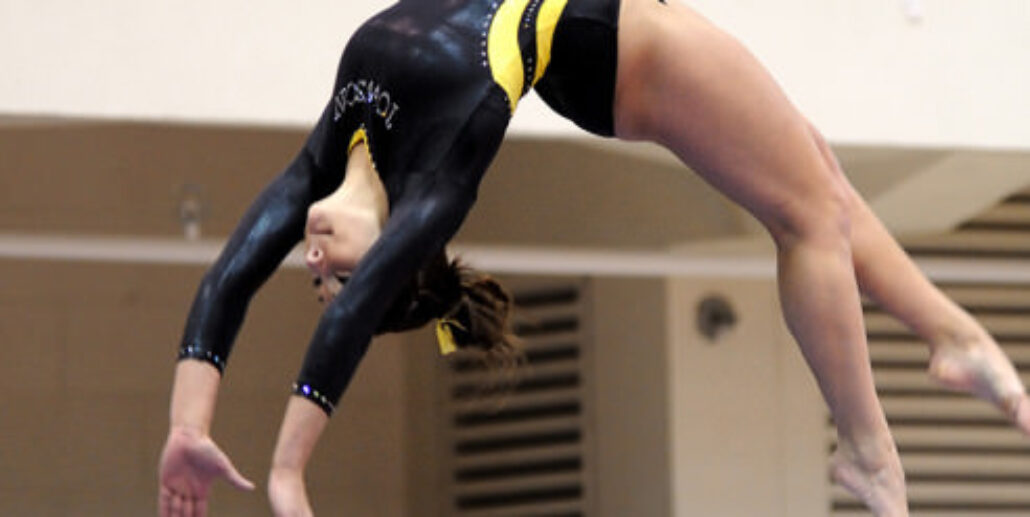Wear and tear happens to all equipment, whether it is the larger pieces of apparatus, i.e. bars, rings, balance beam, or the personal protective equipment, such as wrist guards and hand grips. For personal protective equipment, replace when padding begins to be worn, thins, or no longer fits well.
Wear and tear happens to all equipment, whether it is the larger pieces of apparatus, i.e. bars, rings, balance beam, or the personal protective equipment, such as wrist guards and hand grips. For personal protective equipment, replace when padding begins to be worn, thins, or no longer fits well.


